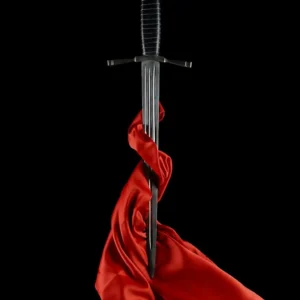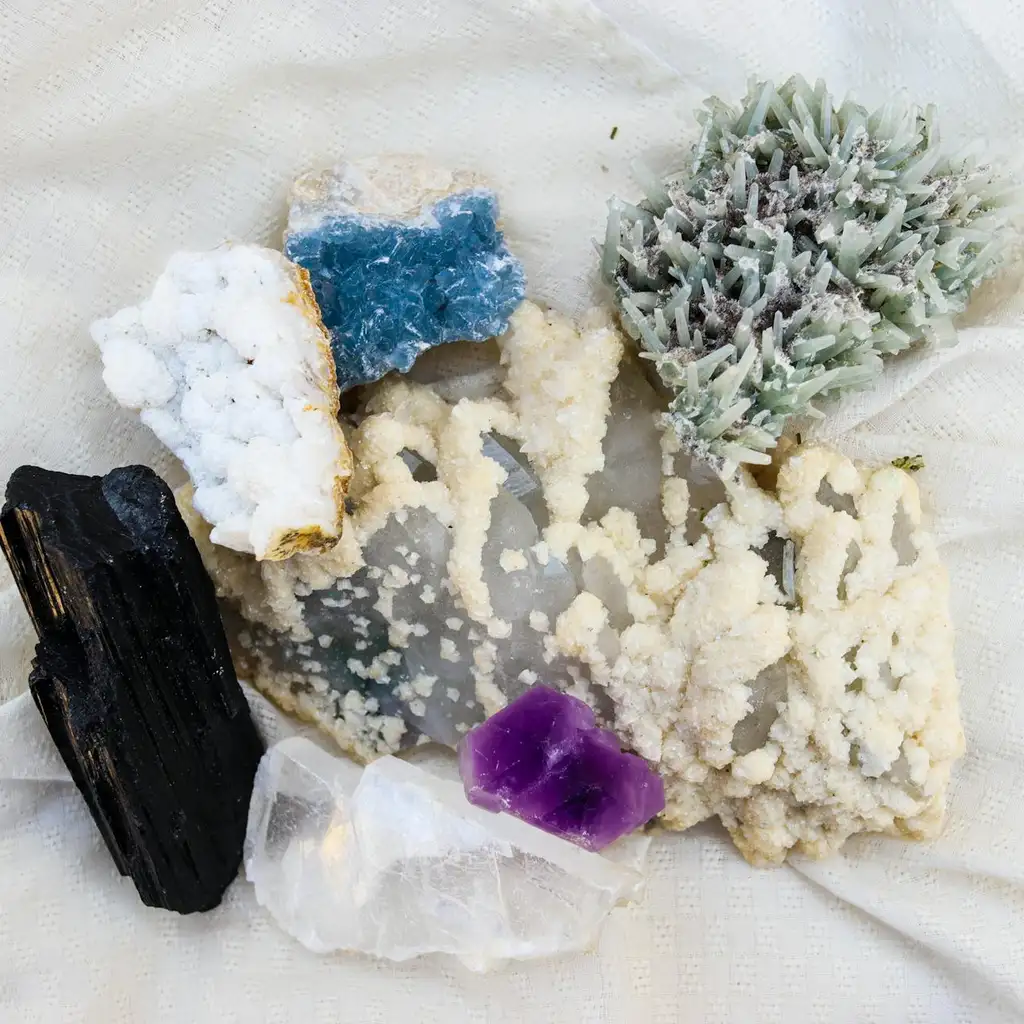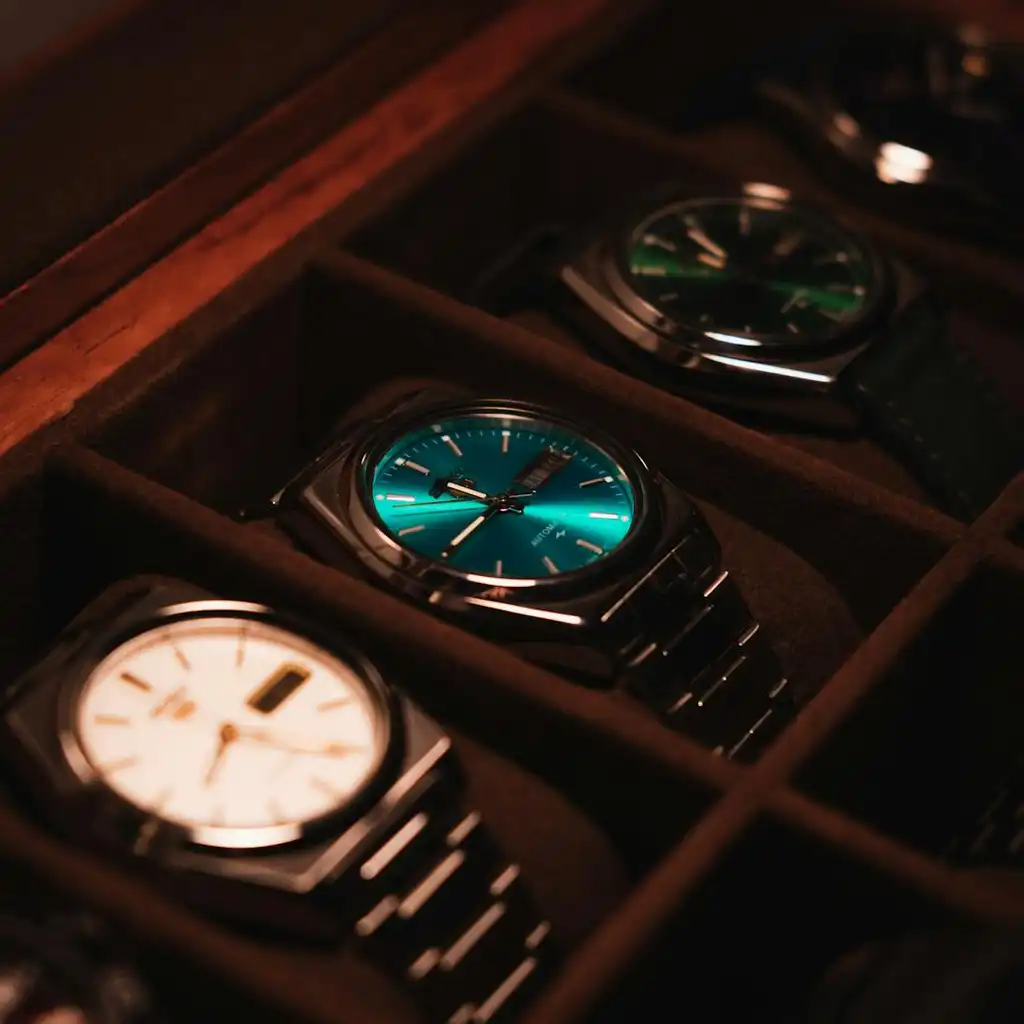Advanced Techniques for Studying Historical Craftsmanship
The sword, which belongs to the Wallace Collection in London, underwent rigorous testing using two key ISIS instruments: INES and ENGIN-X. INES, typically used for material science and archaeometry, analyzed the metal’s composition and microstructure, while ENGIN-X, often reserved for testing engineering components, revealed details about how strain is distributed across the blade. This approach allowed the team to better understand the sword’s material properties and the skill involved in shaping it for battle.
According to Dr. Antonella Scherillo, an Instrument Scientist at ISIS, the analysis confirmed that the blade was forged from high-quality, high-carbon steel with minimal impurities. The sword’s construction involved carefully controlled cooling to enhance durability, as the blade was allowed to cool gradually rather than being quenched in water. The team also found differences in forging techniques between the upper and lower portions of the blade, which added strength and resilience.
The Use of Wootz Steel: A Testament to Historical Skill
The research highlighted the sword’s use of wootz steel, a high-carbon steel known for its distinctive band-like pattern. Wootz steel forms unique structures when cast metal is cooled slowly, followed by low-temperature forging—a technique that was essential to the creation of the shamsheer. This distinctive pattern reflects the material’s purity and the skill of the craftsmen who forged it, reinforcing the shamsheer’s suitability as a weapon of war.
Dr. Joe Kelleher, Instrument Scientist for ENGIN-X, explained how neutron diffraction was crucial in uncovering these details non-destructively, providing insights into ancient techniques that were often guarded trade secrets. This method enabled the researchers to study historical weapon technology without compromising the artifact’s integrity.
Non-Destructive Techniques for Archaeological Artifacts
Led by Eliza Barzagli of the University of Florence, the team emphasized the importance of non-invasive methods for studying rare artifacts. Neutron diffraction provides an ideal solution for examining metal artifacts, allowing researchers to preserve historical objects in their original state while revealing details that contribute to our understanding of ancient material science.
As Dr. Kelleher noted, the study underscores how warfare has driven material advancements throughout history. This research not only sheds light on historical production techniques but also provides a window into the technological knowledge possessed by ancient craftsmen—a knowledge that was often undocumented and closely guarded.








